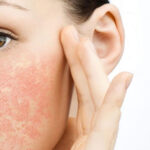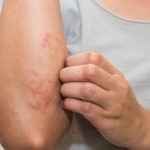There has been a recent surge in media reports of individuals suffering from toxicity caused by three-striped bark beetles, sparking worry among the public. However, it’s important to clarify that the injuries inflicted by these beetles are often mistaken for shingles. The information below will help you distinguish between these two conditions and provide guidance on managing exposure to the toxins of the three-striped bark beetle.
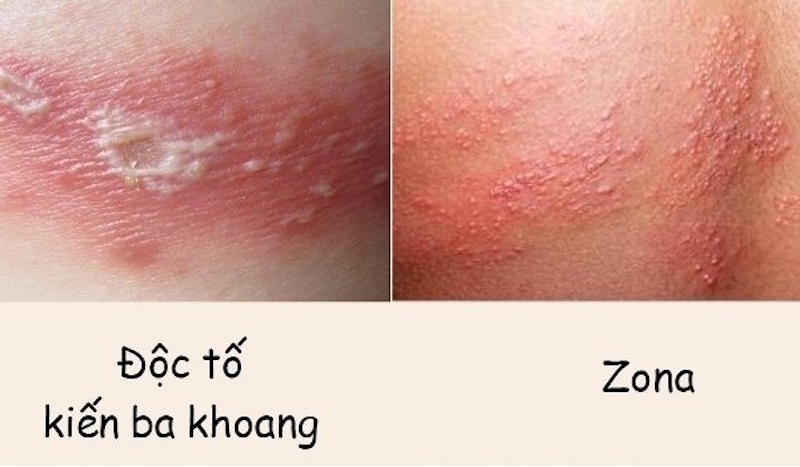
Differentiating Contact Dermatitis from Shingles
A common misconception exists that being bitten by the three-striped bark beetle leads to this type of dermatitis. However, Dr. Quach Thi Ha Giang, Deputy Head of the Examination Department at the Central Dermatology Hospital, clarifies that the beetle’s toxin is only released when it is accidentally killed, causing harm at the point of contact.
Exposure to the three-striped bark beetle’s toxin may result in small and large, elongated blisters. If these blisters rupture due to improper management, there is a risk of pus formation, ulceration, and a burning sensation akin to a burn injury. In more severe cases, patients might experience swollen lymph nodes in the surrounding areas or even fever.
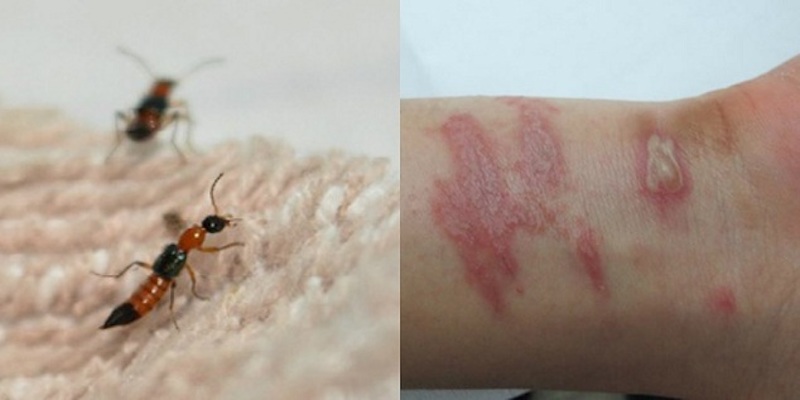
Given these symptoms, it’s easy to see why many people mistake them for shingles and even attempt self-diagnosis and treatment, which can worsen the condition.
According to Dr. Giang, to differentiate between the two types of injuries, one should examine the characteristics of the wounds. In the case of shingles, blisters will appear in clusters and be localized; on the other hand, exposure to the three-striped bark beetle toxin will manifest as long streaks of red, irritated skin. Additionally, the sensation at the injury site is noteworthy—with shingles, patients experience a throbbing pain rather than a burning sensation.
Shingles can be complicated by an uncomfortable burning sensation. Understanding more about this condition can help prevent its worsening.
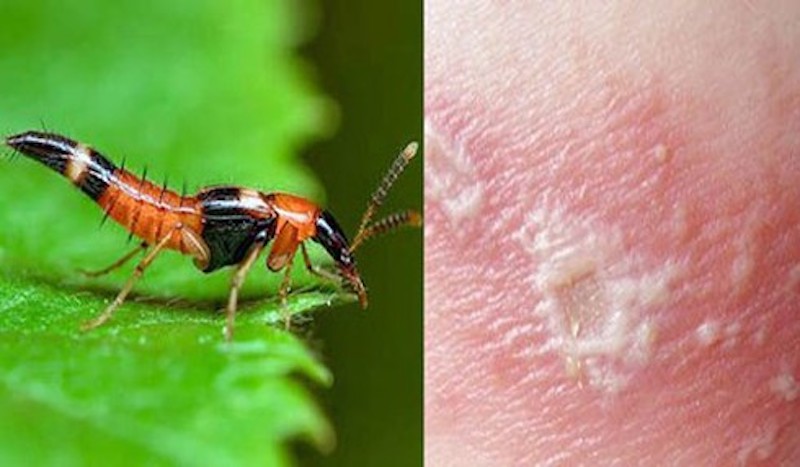
What Not to Do When Exposed to Three-Striped Bark Beetle Toxin
Peredin, the toxin found in three-striped bark beetles, is significantly more potent than cobra venom. Mishandling or delaying proper treatment can have severe consequences. However, there are ways to manage exposure without endangering your health.
Dr. Vu Thai Ha, Head of the Research and Application of Stem Cell Technology Department at the Central Dermatology Hospital, recommends using gloves to capture the beetles directly if they are found on your body. Avoid crushing or rubbing them on your skin, as this will spread their toxin.
If you accidentally come into contact with the toxin, immediately wash the affected area with soap or alcohol to reduce the amount of toxin residue. You can also rinse the exposed area with water for 5-10 minutes to dilute the toxin. After administering first aid, seek medical attention at a nearby healthcare facility. Typically, proper management leads to a quick recovery.
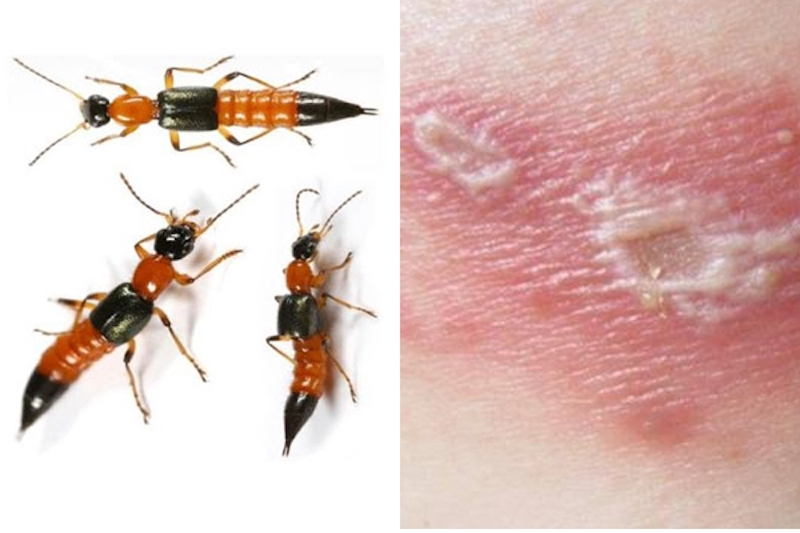
Preventing Exposure to Three-Striped Bark Beetles
According to the Department of Preventive Medicine, Ministry of Health, to minimize contact with these beetles, consider the following precautions:
– Keep doors closed to prevent insects from entering your home. Install screens or filters on windows and air vents for additional protection.
– Exercise caution when near lit areas, as they attract three-striped bark beetles. Use a mosquito net while sleeping, and if possible, keep the lights on in hallways or balconies to draw them away from your living space.
– Maintain a clean and well-ventilated environment around your home. Get into the habit of shaking clothing and other items vigorously before use.
– When working in fields or outdoor areas, wear protective gear such as boots, long-sleeved clothing, masks, and hats.
– In case of a severe infestation, use concentrated sprays containing deltamethrin, permethrin, or alphacyhalothrin to eradicate the beetles effectively.
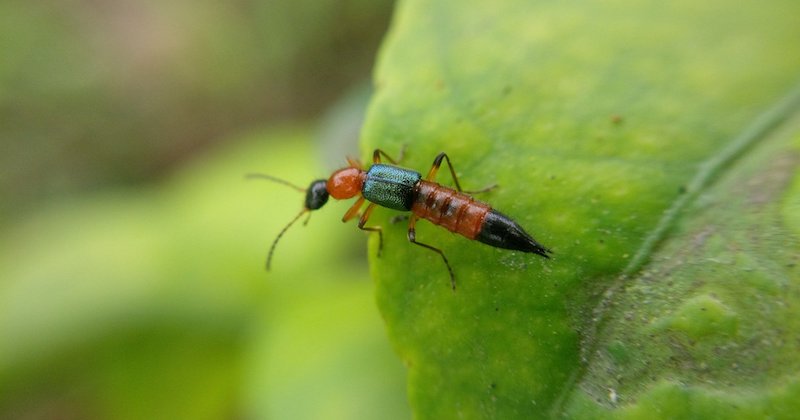
While the three-striped bark beetle is not inherently dangerous, killing it can release its toxins, leading to contact dermatitis. With this information, you are now equipped to manage and prevent exposure to this insect effectively.
For more informative articles on health and wellness, don’t forget to visit our Health section.
“Saving Your Skin: A Guide to Combating Cosmetic Allergies”
Introducing the ultimate guide to tackling the dreaded cosmetic allergy: a concern for many beauty enthusiasts. This comprehensive article delves into the tell-tale signs of cosmetic allergies and offers practical tips to address them. Get ready to bid farewell to allergic reactions and embrace a confident, glowing complexion. It’s time to empower yourself with knowledge and take charge of your beauty routine!

























